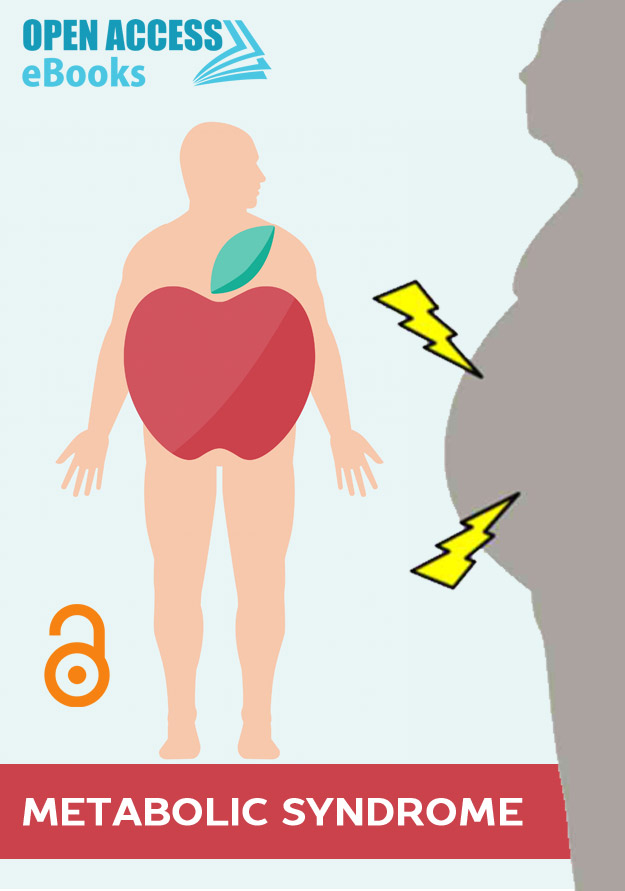List of Chapters
Dietary Lipids Linking Postprandial Metabolism and Metabolic Syndrome
Author(s): Sergio Montserrat-de la Paz*; Rocio Toscano; Maria M Yust; Justo Pedroche; Francisco Millan; Maria C Millan-Linares
The current pandemic of obesity, metabolic syndrome, and type 2 diabetes is intimately associated with an atherogenicdyslipidemic phenotype. The core components of the dyslipidemia of the metabolic syndrome, which most likely initiate atherosclerosis, are the "lipid triad" of high plasma triglycerides, low levels of high-density lipoproteins, and a preponderance of small, dense low-density lipoproteins at fasting. However, postprandial (non-fasting) TG (postprandial hyperlipidemia) are also recognized as an important component for atherosclerosis. Olive oil is the primary source of fat in the Mediterranean diet, which is associated with a significant improvement in health status, as measured by reduced mortality from several chronic diseases.
Genetic Variants Associated with Components of Metabolic Syndrome in Children and Adolescents
Author(s): Garcia-Rodriguez Maria Helena; Menjivar M*
The prevalence of metabolic syndrome is increasing in children and adolescents worldwide. The presence of its risk factor such as obesity, dyslipidemia, glucose intolerance, and hypertension in childhood increases the risk of developing type 2 diabetes and cardiovascular disease in adulthood. Since there is no a consensus definition of the metabolic syndrome, the prevalence varies according with the criteria selected and the ethnicity of the population.
History of Prolonged Dietary Deprivation in Human and a Novel Fasting Protocol with the Therapeutic Potential in Metabolic Syndrome
Author(s): Garrick D Lee
Calorie restriction (CR) has been first reported in extending lifespan since 1935 but it continues to be a major research area in biological gerontology [1]. The life-extending ability has been found to occur in both genders of many different mammalian species such as rat, hamsters and mouse strains, as well as nonmammalian species such as fish, flies, and water fleas. Based on the results from rodents’ studies, people estimated that if calorie restriction could apply in human, the lifespan would increase for at least 20 years. Therefore, investigation in the effects of CR on nonhuman primate has begun at 80’s as the last animal model approaches before human practice among multi-center of rhesus monkey inside USA and yielded some significant markers improvement in disease risk and health.
Metabolic Syndrome and Dietary Components
Author(s): Adryana Cordeiro*; Andrea Ramalho
Metabolic Syndrome (MS) is a silent epidemic that represents a major public health problem worldwide. The syndrome encompasses a set of metabolic disorders such as dyslipidemia, systemic arterial hypertension (SAH) and insulin resistance (IR) which, commonly associated with the accumulation of central fat, make up a predictive set of risk factors for the development of cardiovascular disease (CVD). MS confers a 5-fold increase in risk of type 2 diabetes mellitus (T2DM), 2-fold increased risk of developing CVD over the next 5 to 10 years, 2-fold to 4-fold increased risk of stroke, 3- to 4-fold increase times the risk of acute myocardial infarct and 2 times the risk of death from another event compared to those without the syndrome.
The Negative Lifestyles in the 21st Century that Modifies Breast Milk and Contributes to the Rising Infant Obesity Pandemic
Author(s): Mario Daniel Caba-Flores; Rubi Viveros-Contreras*
The lifestyle in the 21st century has risen the prevalence of infant obesity in worldwide, representing a public health challenge. Also, non-communicable diseases (NCDs) in youths associated with metabolic syndrome (MetS) has increased in the last few years. The prevention of MetS starts with the treatment of maternal risk factors beginning in the period before conception until weaning. On this way, breast milk represents a unique metabolic entity that exerts direct effects on the infant’s health. Additionally, proper balance of maternal substances transferred to the offspring by milk has a strong impact in the prevention for developing future chronic diseases during adulthood.
